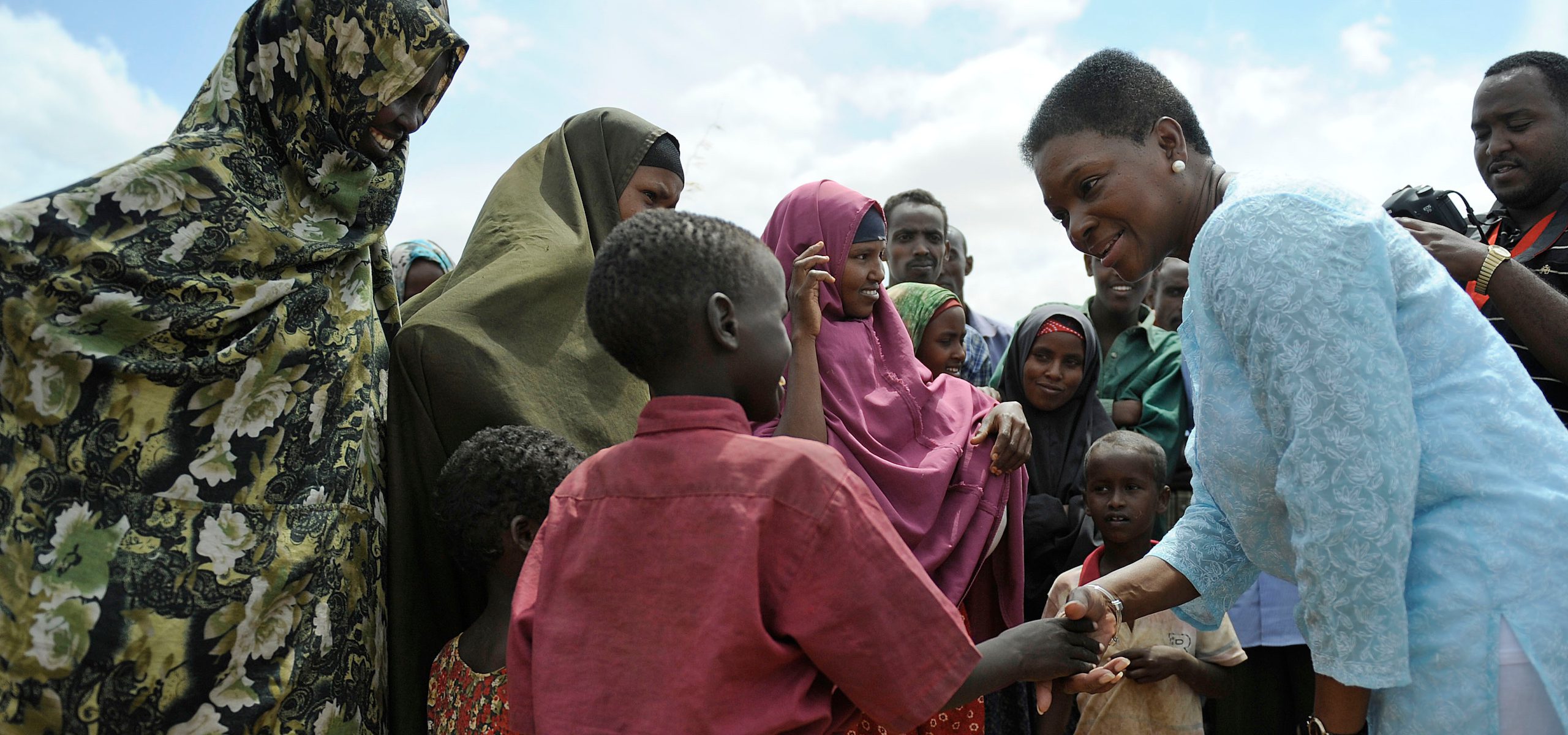Resource Mobilization
Mobilizing resources for disaster management

Mobilizing resources for disaster management
Effective mobilization of resources for the environment presupposes the inclusion of environmental concerns in assessments and project planning. Solid evidence allows humanitarian actors to make a strong case for environment-focused activities. Sufficient environment-related funding for things such as environmental impact assessments or hiring Environmental Field Advisors supports environmental mainstreaming.
To ensure that environmental issues are adequately addressed, it is important to prioritize and include environmental activities in proposals, fundraising materials and donor briefings. Funding requests should specifically include environmental concerns and give due considerations to the state of natural resources and environmental issues, as these can negatively affect vulnerable communities and the way humanitarian assistance can be delivered. Including environmental concerns in Humanitarian Response Plans, applications for Country-based Pooled Funds (CBPF), the OCHA Central Emergency Response Fund (CERF), or any other funding mechanisms, can significantly improve the integration of environmental concerns into the humanitarian response.
A situation analysis following a crisis typically looks at key crisis drivers, affected areas, the number and type of affected people, the ways in which people are affected, the most urgent needs and available capacities.
Assessing the environmental consequences of an emergency and prioritizing the response actions based on the needs, forms the foundation of a coherent, efficient and sustainable humanitarian response.
Environment is included into response plans in order to improve programme quality and accountability to disaster-affected people.
Successful integration of environment into the implementation of humanitarian response requires that environment be included into preparedness and planning phases, but also effective coordination with national actors.
Response monitoring is about creating evidence for humanitarian actors about what actions should be taken to address shortcomings and fill gaps in in the response, with the aim of improving accountability towards affected populations, local government, donors and the general public.




